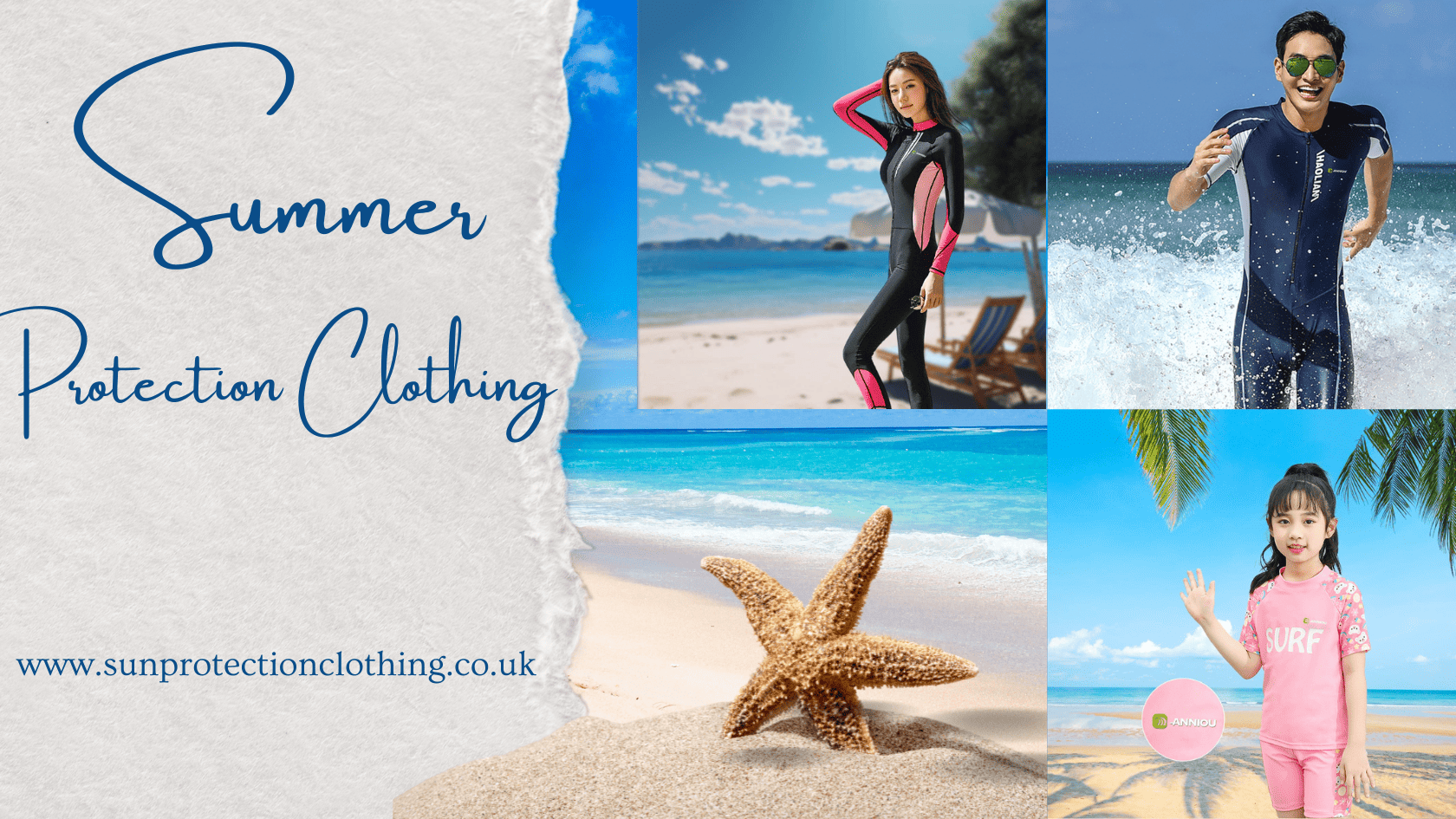Shield Your Skin This Summer: Why Clothing Is Your Best Sun Protection

Summer sun brings adventure, energy, and the irresistible urge to step outdoors. Whether you’re chasing mountain trails, relaxing by the beach, or running your daily errands, your skin is front and center in the spotlight. But with increased summer UV exposure comes a higher risk of sunburn, accelerated aging, and even skin cancer. While sunscreen is often the star of sun safety, most people overlook just how powerful the right clothing can be when it comes to shielding your skin.
This guide dives into the science behind UV protection, explains how clothing choices can make or break your sun defense, and shares practical advice so you can enjoy every sunny day safely.
Why Summer’s Sun Demands Extra Skin Protection
The rule is simple: more daylight hours mean more opportunities for UV exposure. According to the CDC, sunlight is strongest between 10 a.m. and 4 p.m. during the summer months, increasing your risk of damage. Outdoor enthusiasts and skincare devotees alike know the perils of a single bad sunburn, but studies show that even small, repeated doses of UV radiation can accumulate over time, triggering long-term health concerns.
What’s really at risk?
- Short-term: Painful sunburns, dehydration, and irritation.
- Long-term: Premature aging (wrinkles, dark spots), weakened immune response, and increased risk for melanoma and other skin cancers.
Summer isn’t just about fun and sun. It’s also about smart protection. And it starts with understanding what, exactly, you’re protecting yourself from.
Demystifying UV Rays: UVA vs. UVB
Sunlight spectrum is broad, but two types of rays do the most harm to unprotected skin:
What are UVA rays?
- Make up about 95% of UV radiation reaching Earth.
- Penetrate clouds and glass, and reach deep into the skin.
- Cause premature aging, wrinkles, and some indirect DNA damage linked to skin cancer.
What about UVB rays?
- Cause the classic red sunburn.
- Less prevalent but far more intense on a per-ray basis.
- Play a major role in most skin cancers, especially melanoma.
- Strength peaks around midday and during summer.
Exposure to both brings cumulative damage—both the kind you see and the deeper changes you can’t. That’s why comprehensive protection is crucial, especially when UV indexes soar.
How Clothing Blocks UV Rays (and How Some Clothes Fail)
When it comes to sun protection, not all clothing is created equal. The secret behind a shirt’s shielding power lies in its fabric composition, color, weave, and even its fit.
How clothing protects your skin
- Physical barrier: Unlike sunscreen, good clothing provides a constant, reliable barrier between your skin and the sun.
- UPF rating: Clothing with a designated Ultraviolet Protection Factor (UPF) score offers measurable defense. A UPF 50 garment, for instance, lets only 1/50th of UV radiation through.
- Coverage: The more skin covered, the less direct exposure.
But beware!
- Wet, stretched, or old clothing loses protective power.
- Thin, see-through fabrics (like lightweight white tees) often allow significant UV to reach your skin.
Best Clothing for Sun Protection
You don’t need to sacrifice comfort or aesthetics for safety. With a few smart wardrobe choices, outdoor lovers can stay stylish and sun-safe.
Hats
A wide-brimmed hat (at least 3 inches all around) covers your face, neck, and ears where sunburns strike most. Bucket hats and legionnaire styles also offer stellar coverage for active pursuits.
Sunglasses
Quality sunglasses protect the eyes and delicate skin around them from UV rays. Look for lenses labeled “100% UV protection” or “UV400.” Wrap-around styles are best, especially for prolonged exposure.
Shirts with sleeves
Loose-fitting, long-sleeved shirts made from tightly woven fabric offer excellent protection. UPF-rated athletic shirts are ideal for runners, hikers, and paddlers, thanks to moisture-wicking and cooling technology.
Trousers and long skirts
Lightweight pants or maxi skirts reduce exposure on legs. Fabrics like nylon and polyester often outperform cotton for UV defense.
Swimwear
Rash guards, swim shirts, and UPF swimsuits turn ocean and pool days into safe skin celebrations. Many active outdoor brands now offer stylish, protective swimwear for all ages.
Sunscreen Isn’t Optional
Clothing is fantastic, but it rarely covers everything. Sunscreen complements your clothing by safeguarding those exposed areas.
Where should you apply sunscreen?
- Face and neck (don’t forget ears and lips!)
- Backs of hands and feet
- Any skin not protected by clothing
Choose a broad-spectrum sunscreen (protects against UVA and UVB), SPF 30 or higher, and reapply every two hours, or after swimming or sweating.
Practical Sun Protection Tips for Outdoor Adventurers
Building a habit of smart sun safety makes all the difference, especially if you love spending hours outdoors. Here are strategies for optimal skin defense:
- Check the UV index daily: Many weather apps provide real-time UV ratings. Plan excursions for early morning or late afternoon if UV is high.
- Layer up: Combine hats, sunglasses, and UPF-rated clothing for overlapping coverage.
- Stay in the shade: Whenever possible, take breaks under trees, umbrellas, or awnings.
- Rotate your wardrobe: Frequent washing and wear can affect a garment’s UPF rating. Refresh your collection before peak summer every year.
- Don’t neglect reflective surfaces: Water, sand, and snow can double UV exposure, so use extra protection during beach or mountain days.
- Hydrate: Skin is your body’s largest organ. Staying hydrated helps it recover from environmental stress.
Optimize Your Summer with Smart Sun Protection
Layering quality sun protective clothing with the right sunscreen is the unbeatable formula for skin health in the sunshine season. Whether you’re planning seasons of adventure or simply seeking daily wellness, taking a few minutes to gear up before heading out keeps your skin glowing and protected for years to come.
When choosing your summer wardrobe, look for UPF labels, opt for flowy long sleeves, grab your hat and sunglasses, and stock up on a trustworthy sunscreen. Prioritize your skin not just this summer, but every day you spend outdoors.
Protect your adventure, protect your skin.

0 comments